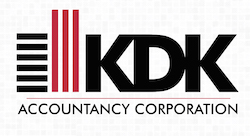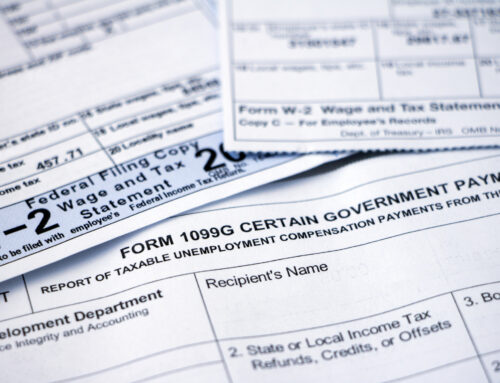Monitoring business performance means taking time to analyze financial components through a series of accounting reports. This analysis supports accurate budget and forecast creation. There are a few fundamental reports that every small business owner should understand and generate regularly. Building accounting reports on a monthly, quarterly and annual basis makes it easier to identify operational concerns, successes and trends.
Income Statement
The income statement illustrates the revenue that your company generated and where that revenue came from. It also details where the company spent money. The report is often referred to as a P&L, which stands for profit and loss. Every income statement reflects a defined period, whether it is the past month, past quarter or fiscal year.
The first section details the company’s revenue listed by source. That includes sales, service and advertising figures. The section ends with a total revenue calculation that sums all sources. Expenses follow the revenue section. This illustrates all of the company’s expenses, detailed by source. The cost of goods sold, salaries, overhead expenses and operating costs appear here with a total expense sum at the bottom.
The difference between the revenue and expenses appears at the bottom as the net income or loss for the reporting period.
Balance Sheet
The balance sheet is a reflection of how your company leverages assets and liabilities. This statement is reflective of the accounting equation, which states that a company’s assets are equal to the liabilities plus the equity.
Balance sheet statements begin with details of the company’s assets. Short-term assets liquidate easily within less than a year and include inventory, cash and current receivables. Long-term assets are harder to liquidate and include fixed assets, such as equipment, land and intellectual property.
Liabilities also appear as short-term and long-term, with short-term liabilities reflecting accounts such as accounts payable and accrued expenses. Long-term liabilities are expenses such as leases, bond holdings and investment accounts.
The final section illustrates the owner’s equity, which is the difference between the company’s assets and liabilities.
Cash Flow
The statement of cash flows is essential for business owners to see where their money is going and how much they have on hand. It illustrates the cash coming in and going out for routine operations, investment activities and financing. The final summary of the cash flow statement reflects the change in the company’s total cash on hand. Small businesses should consistently increase their cash when possible to avoid financial emergencies.
Accounts Receivable Aging
Extending credit to your customers, even with a payment-on-receipt plan, puts your business at risk of defaults. Monitoring the age of your accounts receivable accounts helps you recognize the accounts at the greatest risk of default so you can focus your collection efforts on those in an attempt to preserve your company’s cash recovery.
Accounting Support for Reporting Cycles
Many small business owners excel at their business industry but struggle with the accounting steps. Maintaining accurate business records, accounts and financial reporting helps you to monitor your company’s performance and respond to potential problems before they create financial catastrophes. If bookkeeping, accounting and reporting are challenging for you, contact KDK Accountancy Corporation at (407) 759-5363 to see how we can help.






